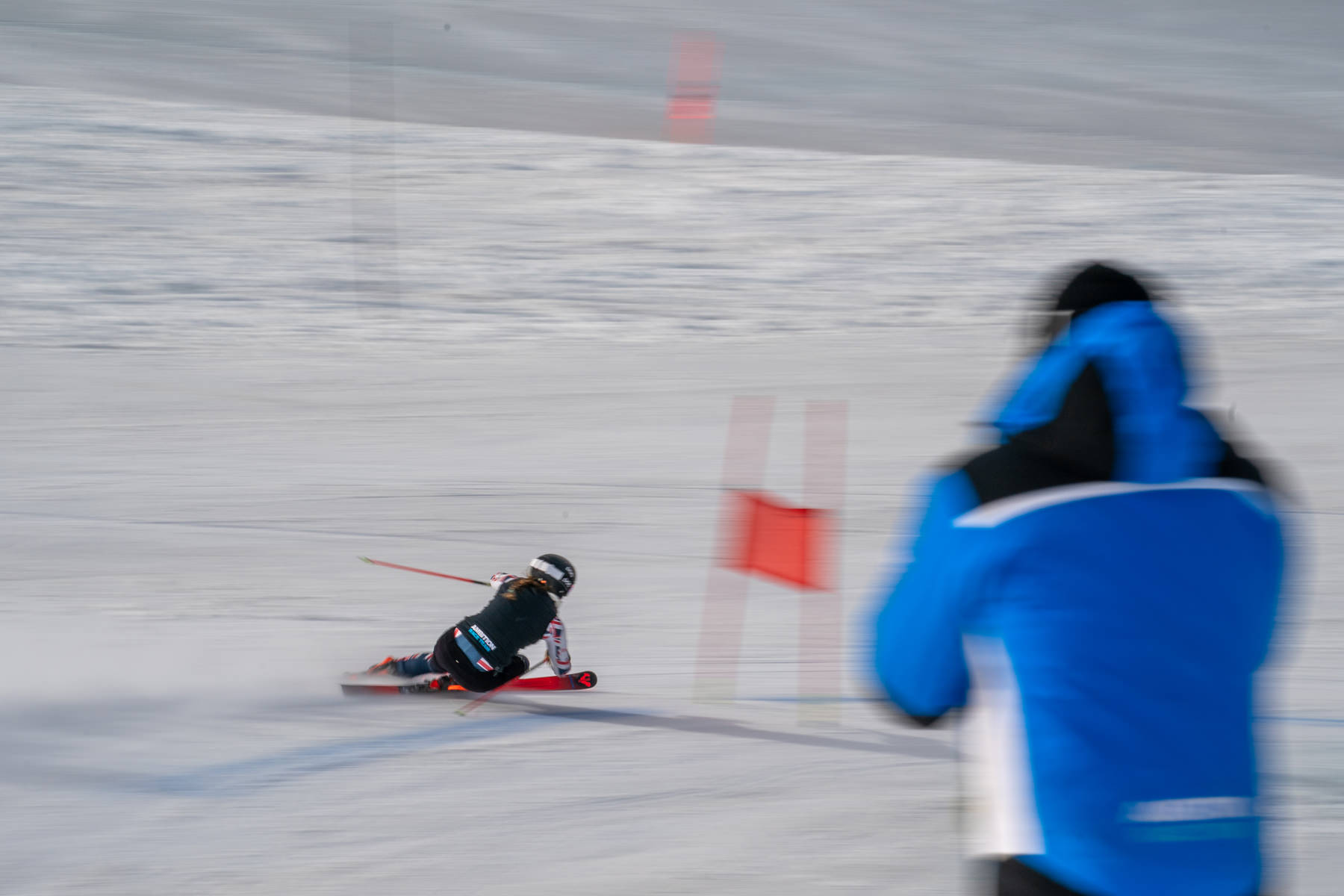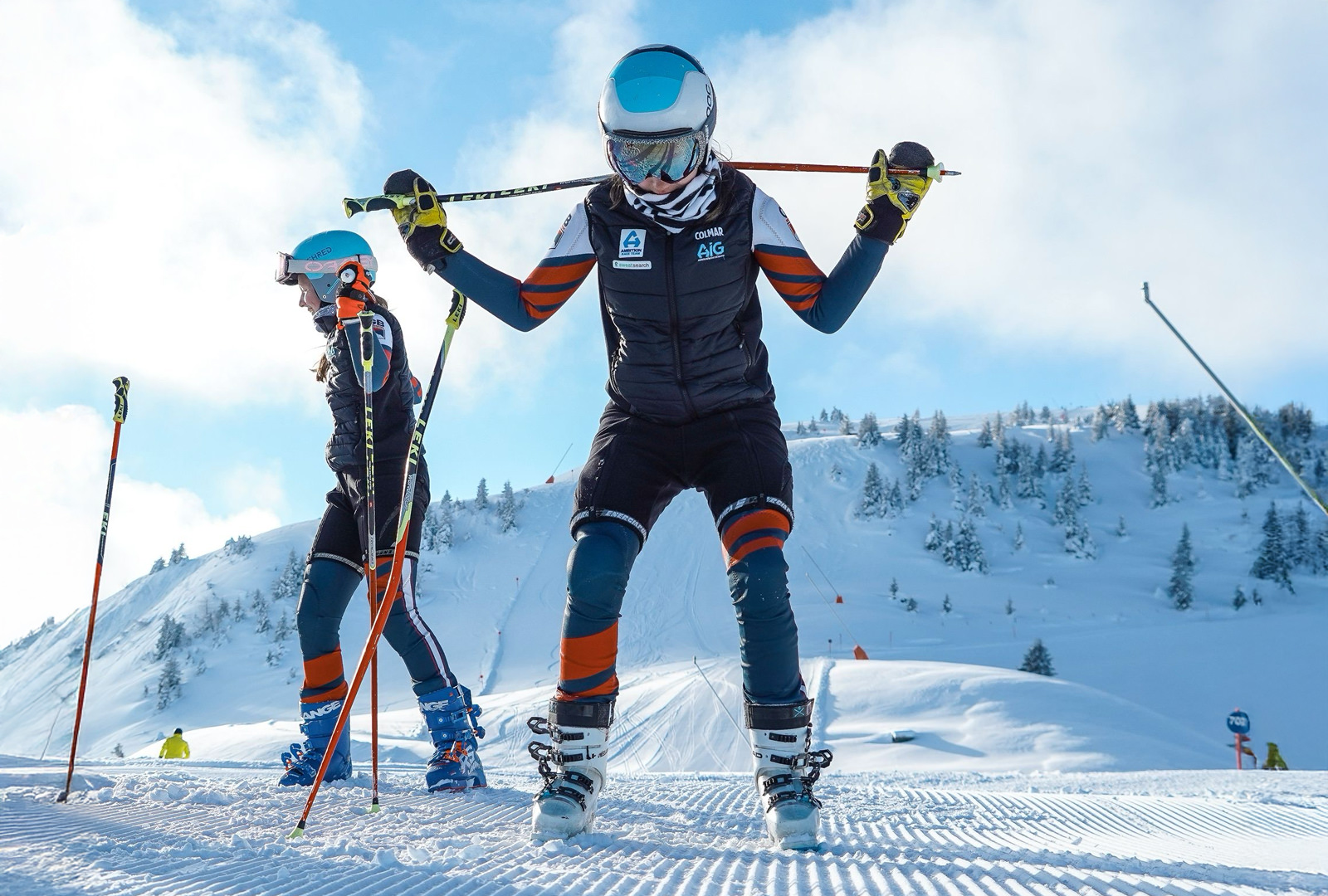A contensious one as a whole heap of connotations have been added to each of the expressions above. Core Programmes often requiring a minimum commitment or a set programmed number of weeks, meanwhile ‘Full Time’ being an all encompassing type programme.
Before we get into the nitty, gritty of this, I should caveat this blog post by saying that A) It contains the thoughts and opinions of one coach and B) At Ambition we actually offer 4 different programme subscriptions currently from ‘Sleep Out’ & ‘Flexible’ right through to ‘Full Time’ and whilst we don’t cater for everyone (we are not interested in the team becoming an ad hoch free for all) there is generally something within that range that will suit almost anyone.
Core Programmes; each club or ‘Academy will have their own version of this but ours is a fixed programme, of 12 weeks, that Ambition have put together and tried to base around the main races / championships as well as taking into consideration half term breaks, Christmas breaks and Easter. We see this type of programme as being the minimum that an athlete taking ski racing seriously, from U12 onward, would need to do. The aim of these programmes are to take into account key training periods, to give athletes on them a chance of peaking at the right time around race events. It is not lost on us that young athletes LOVE to compete – they get to challenge themselves, compare themselves against their friends / peers and often, this is where the real buzz / passion for ski racing shines through. We absolutely do our best to ensure we give these guys a chance to experience all of that in a positive way.
Full Time Programmes meanwhile, will again differ from club to club but within Ambition, this is more of a “right, I want to dedicate more time to this and see how far I can go” type programme. Our current full time offering at the time of writing is 21-22 weeks long, starting in Octobber and finishing toward the end of April. Athletes involved in this type of programme usually then add Spring / Summer (and even indoor) training to this also, so at times end up skiing for around 25-30 weeks annually.
Now, all of this sounds like a lot but lets break this down & give the absolute most favourable conditions to each ‘week’ and see how the numbers come out. I imagine a few people reading this will be shocked at the numbers & also, might subsequently manage their expectations accordingly;
Core Programme =
- 12x weeks or 84 days.
- Minumum of 1x travel or rest day / week = 72 days remaining.
- On average 1x illness / injury / bad weather day / week = 60 days remaining.
- So at this point of 60 days, we are talking about 5x ‘good days’ to use each week.
As mentioned we all also LOVE to compete (no bad thing, its what the sport is about). So if we consider days invested in the British Champs (3), English Champs (3), Xmas races (4-5), GB Internationals + a few local events / Nations Cup / Atomic kids trophy or similar. That’s another 12 days gone easily.
- At this point, once we subtract our race days it is looking like = 48 days remaining.
- On average we try to do 1x day / week of focused free skiing / drills = 36 days remaining.
- We would probably (during the winter) spend another 2-3 powder days = 33 days remaining
Within those 33 days, we have 3x disciplines to manage training for (for most athletes). Usuaslly most teams will sacrifice a little SG or do a smaller percentage of training days but we definitely want to do some before we race.
- So lets assume 5x days of SG = 28 days remaining.
- And with those 28 days, we split across Slalom and GS training = 14x days / sessions of each.
When you think about that across a year (28 training days), you are training Slalom or GS roughly once every 2x weeks on average through your Core Programme volume only. For ‘Full Time’ you can roughly double the numbers (not an exact science but something like that).
In summary, even with a Core Programme, there is limited time on snow. What can we / should we take from this? Well, firstly that every moment on snow is important but also, that if you are doing a Core Programme or anything less, then you also definitely need to supplement that training in other creative ways also as the snow time alone (on a prolonged basis) will unlikely be enough.
All sorts of questions then come out of these conversations; What about movement literacy? What about other sports? What about UK training sessions? What about burn out? What about early specialization? What about just doing 1 discipline? All valid and surely gives us something else to talk about in the next blog 😉
Thanks for reading,
Marc.

